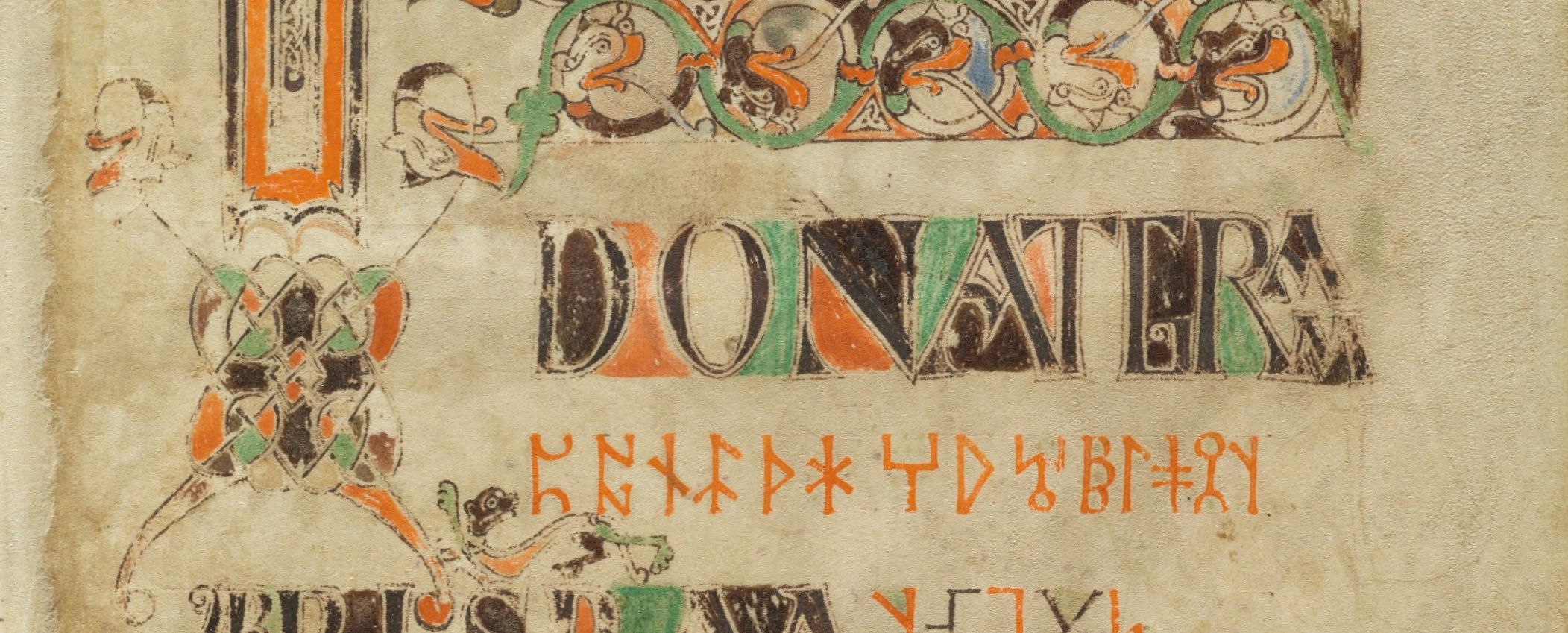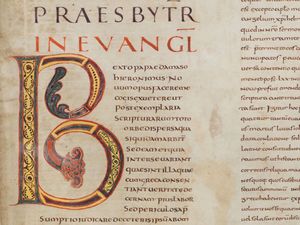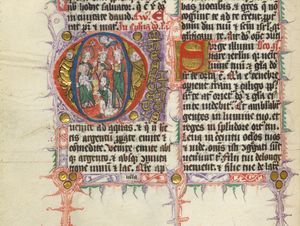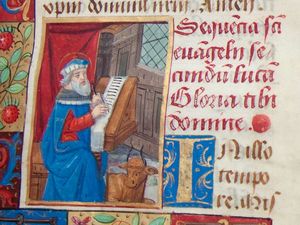
Bongarsiana / Codices
Bongarsiana / Codices
This division holds over 1,100 manuscripts (codices) and around 200 fragments. A selection of manuscripts have been digitised and are accessible online in the virtual e-codices manuscript library.
Please note: If you wish to access the collection in the reading room, you must place an order via the archives catalogue and thus make an appointment. In order to ensure their conservation, certain documents are not available for use in the reading room.
Bongarsiana
The Bongarsiana are a collection of manuscripts from the French humanist and diplomat Jacques Bongars (1554–1612). After Bongars’ death, his library was left to his heir, Jakob Graviseth (1598–1658), the son of a Strasbourg banker who married Salome von Erlach (1604–1636), the daughter of Bern’s mayor (Schultheiss). This is how the Bongarsiana collection was moved first from Strasbourg to Basel and then in 1632 to the Bern City Library. The collection consists of around 700 mediaeval and early modern manuscripts and 150 fragments, most of which come from monasteries around Orléans (Fleury, Micy), with some also from Paris and northern France as well as the regions around Strasbourg and Metz. Also included are around 3,000 printed documents that can be accessed through the Historical Collections Center at the University Library of Bern.
Codices (Bern collection)
The old Bern collection comprises a good 100 manuscripts that were already held by the Bern City Library before the Bongarsiana donation was made in 1632. The collection includes manuscripts from monasteries dissolved during the Reformation and from the private libraries of Bernese scholars and members of the clergy. After the merger with the Bongarsiana collection around 1700, a further 100 manuscripts were donated to or acquired by the Library in the 18th and 19th centuries.
The most important medieval Bernese manuscripts (before 1528) from the collections Codices, Mss.h.h. and Mss.Mül. are compiled in a list.
More recent acquisitions
In the late 19th and 20th century, the collection was expanded to include further donations and acquisitions, with around 200 mainly early modern European, Oriental, Greek and Hebrew manuscripts being added. There are also 100 fragments, most of which consist of binding manuscript waste (Einbandmakulatur) recovered from the Burgerbibliothek’s own holdings in the 20th century. This group is not covered by Hermann Hagen’s catalogue, which was printed in 1875, but is being continuously added to the archive catalogue.
Hermann Hagen
Catalogus codicum Bernensium (Bibliotheca Bongarsiana), edidit et praefatus est Hermannus Hagen, Bern 1875, Nachdruck: Hildesheim 1974.
Contains descriptions of codices numbers 1–722 in the Bongarsiana manuscript collection (incl. the inserted numbers marked with the letters A, AA, etc. up to F, a total of 1,000 codices, two thirds of them mediaeval); various indices included in the Appendix.
The numbers 723–870 that were not described by Hagen are listed in the archives catalogue.
Otto Homburger
Die illustrierten Handschriften der Burgerbibliothek Bern. Die vorkarolingischen und karolingischen Handschriften, Bern 1962. Contains descriptions of 57 illuminated manuscripts up to the end of the 9th century.
Olivia Franz-Klauser
Die hebräischen Handschriften. Verzeichnis mit Einleitung, Sonderdruck aus: Judaica. Beiträge zum Verstehen des Judentums 55 (1999), Heft 4, S. 247–271.
Contains descriptions of 30 manuscripts.
Renate Würsch
Die orientalischen Handschriften der Burgerbibliothek Bern. Katalog, unter Verwendung der Vorarbeiten von Sven Bretfeld, Glen Dudbridge, Andreas Kaplony, Suishû Tomoko Klopfenstein-Arii, Heike Moser, Gudrun Schubert und Veronika Six, Wiesbaden 2007.
Contains an introduction and the first descriptions of 84 manuscripts, 1 manuscript fragment and one Chinese woodblock print.
Patrick Andrist
Les manuscrits grecs conservés à la Bibliothèque de la Bourgeoisie de Berne. Catalogue et histoire de la collection. Dietikon-Zürich 2007.
Contains descriptions of 39 manuscripts.



